-
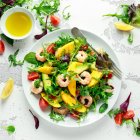 Mango Shake isn't The Only Delicious Recipe You Can Make with the King of Fruits: Sweet & Savoury Recipes with Mangoes You Can Enjoy This Season (2020)
Mango Shake isn't The Only Delicious Recipe You Can Make with the King of Fruits: Sweet & Savoury Recipes with Mangoes You Can Enjoy This Season (2020)
-
 Throwing a House Party? Here are 10 Easy Mocktail Recipes to Make At Home + 5 Delicious Appetisers to Make Your Party Menu Versatile (2021)
Throwing a House Party? Here are 10 Easy Mocktail Recipes to Make At Home + 5 Delicious Appetisers to Make Your Party Menu Versatile (2021)
-
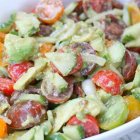 Keep Your Energy from Dipping in the Summers! 8 Summer Recipes with Vegetables and 5 Salads & Drinks to Complement Them (2020)
Keep Your Energy from Dipping in the Summers! 8 Summer Recipes with Vegetables and 5 Salads & Drinks to Complement Them (2020)
Importance of Sanitizing Vegetables/Fruits
We all are pretty careful when it comes to washing our fruits and vegetables before eating them, but most of us simply wash it with water before cooking them. Times have changed not, and we need to be extra cautious about sanitizing whatever we eat. We can wash store-bought items packed in plastic bags with soap and water, but we have to properly sanitize the vegetables and fruits we buy from the market to avoid Coronavirus and other infections.
The fruits and vegetables come with a lot of pesticides and chemicals on them. Pesticides are used to cultivate crops and leave their residue over them, and fruits and vegetables can contain a high amount of pesticides on them. These pesticides and chemicals are hazardous to our health; they damage our nervous system and weaken the immune system making us more susceptible to infections.
Authorities are continuously trying their best to sensitize people on maintaining proper hygiene to save themselves and is manufacturing different kinds of sanitizers in the market. These sanitizers are an easy way to clean your food items but are quite expensive, and not everyone can afford them on daily basis. Although Coronavirus's spreading has not been proved to be spreading through food items yet, it is always good to be on the safe side. You can easily make some effective vegetable sanitizers at home with simple and affordable ingredients. We have compiled eight sanitizers you can make at home to keep your family safe.
8 DIY Vegetable/Fruit Sanitizers
Natural Fruit and Veggie Wash
Ingredients
- 1 tablespoon organic lemon juice
- 10 drops grapefruit seed extract
- 2 tablespoons baking soda
- 1 cup filtered water
- ¾ cup white vinegar
- Power by Chicory
Method
- Take all the ingredients and mix them in a bowl.
- Pour it in a spray bottle.
- Spray it on your vegetables except for mushrooms and leave it for 5 to 10 minutes.
- Wash and store.
Fruit and Veggie Wash
Ingredients
- Distilled white vinegar
- Water
- Lemon juice
How to Make
- Mix 1 cup vinegar to 4 cups of water in a spray bottle.
- Add a tbs of lemon juice and mix well.
- Put the vegetables in a colander and spray the mixture on it.
- Leave it for 5 minutes and wash with tap water.
- Air dry them or wipe with a paper towel.
Homemade Vegetable Wash/Preserver
Ingredients for spray
- 1 tablespoon fresh lemon juice
- 1 tablespoon baking soda
- 1 cup water
Ingredients to soak
- 1⁄4 cup vinegar
- 2 tablespoons salt
Method for spray
- Mix the ingredients in a spray bottle and shake it gently as it will foam.
- Spray it on the vegetables and leave it for 5 minutes, then wash with cold water.
Method for soaking
- Fill a tub with cold water and add vinegar and salt, mix it well.
- Put the vegetables/fruits in it and leave for 30 minutes.
- Wash with cold water.
DIY Natural Homemade Fruit and Vegetable Wash
Ingredients
- 1 cup apple cider vinegar
- 1 cup filtered water
- 20 drops good quality lemon essential oil
How to Make
- Put all the ingredients in a tinted spray bottle and shake well.
- Spray the vegetables with it and leave for 15 minutes, then wash with plain water.
Vinegar-Based Fruit and Veggie Wash
Ingredients
- 1 cup distilled white vinegar
- 2 cups cold water
Method
- Add vinegar and water in a spray bottle.
- Spray it on the vegetables and leave them for 5 to 10 minutes.
- Wash them with cold water.
Veggie Wash for Leafy Greens
Ingredients
- Distilled white vinegar
- Water
- Salt
Method
- Put your green vegetables in a bowl.
- Fill it with 1 cup vinegar to 4 parts water and add one tbs of salt.
- Soak the vegetables in it and leave for 5 minutes.
- Wash it with cold water and put them in a colander to dry.
Apple Cider Vinegar
Vinegar is used in most vegetable sanitizers, but you can also use apple cider vinegar. ACV can detox your body, clean your hair, and bring the glow back to your face; imagine what it can do to your vegetables. It removes pesticides and bacteria effectively from the vegetables. Simply take 1 part ACV to 10 parts of water and soak your vegetables in it. Leave them for 5 minutes and wash it off.
Hydrogen Peroxide
Using hydrogen peroxide is also a great way to sanitize your fruits and vegetables. Take one tablespoon of 3% hydrogen peroxide and add it to 1 gallon of water (about 3.5-4 litres). Soak your raw vegetables in it for a bit and wash them with cold water, and you are done.
Tips on How to Correctly Sanitize Vegetables and Fruits
Now that you know how to make a vegetable sanitizer at home, here are some tips for using it correctly step by step.
- Remember to wash your hands before you touch any food items. Wash them for at least 20 seconds, and don't forget to wash them after you are done cleaning your vegetables as well.
- Fruits and vegetables come covered in dirt and grime, which can be removed by water; therefore, remember to wash them under running water before sanitizing them.
- Most of us think that cleaning fruits and vegetables with soap will do the trick, but the FDA rules it out. Washing them with soap may allow it to seep inside if there are any cuts or bruises on the fruit or vegetables and cause harm.
- You can use a brush or a sponge to clean vegetables like potatoes, carrots, melons, etc. Make sure to use a soft sponge while you keep it under running water.
- Some vegetables and fruits little extra care while cleaning. Things like berries, grapes, cabbage, lettuce, or coriander can be soaked in sanitizers specifically made to clean them. Don't forget to wash them with water after it.
- Make sure to keep your fruits and vegetables away from raw food like meat or poultry etc. Also, always keep them in the fridge after cutting them or peel them or better freeze them if you wish to use them later.
- When buying your groceries, check carefully for any damages. If you like buying pre-cut fruits or vegetables, then buy it from where they are kept on ice and place them in different sections, even in your shopping carts.
-
 A Simple Accessory that Helps You Take Your Home/Office Security to Another Level: Best Security Cameras You Can Buy in India (2020)
A Simple Accessory that Helps You Take Your Home/Office Security to Another Level: Best Security Cameras You Can Buy in India (2020)
-
 क्या आप अपना घर साफ करने में बहुत समय लगाते हैं? भारत में सर्वश्रेस्ठ 10 यूरेका फोर्ब्स वैक्यूम क्लीनर की सूचि जो आपको अपने घर में कहीं भी धूल साफ करने के लिए उपयोगी है और आपको पसंद आएंगे।(2021)
क्या आप अपना घर साफ करने में बहुत समय लगाते हैं? भारत में सर्वश्रेस्ठ 10 यूरेका फोर्ब्स वैक्यूम क्लीनर की सूचि जो आपको अपने घर में कहीं भी धूल साफ करने के लिए उपयोगी है और आपको पसंद आएंगे।(2021)
-
 Do You Spend a Lot of Time Cleaning Your Home(2020)? Top 10 Eureka Forbes Vacuum Cleaner in India That You Will Love to Use Anywhere in Your Home to Clean the Dust!
Do You Spend a Lot of Time Cleaning Your Home(2020)? Top 10 Eureka Forbes Vacuum Cleaner in India That You Will Love to Use Anywhere in Your Home to Clean the Dust!
-
 Get That Well Toned and Perfectly Sculpted Body in the Comfort of Your Home. Your Quick Guide to the Best Home Gym Equipment in India and Why You Need to Get One Now (2021)
Get That Well Toned and Perfectly Sculpted Body in the Comfort of Your Home. Your Quick Guide to the Best Home Gym Equipment in India and Why You Need to Get One Now (2021)
-
 A Party without the Right Decor is Hardly a Party: 5 Home Decor Ideas for Birthdays and 10 Party Props to Buy Online (2020)
A Party without the Right Decor is Hardly a Party: 5 Home Decor Ideas for Birthdays and 10 Party Props to Buy Online (2020)
Make it a Habit to Sanitize Your Daily Household items!
It has been proven that Coronavirus can stay on numerous surfaces for several hours, and therefore, you must sanitize all those surfaces as well, which you touch frequently. Using alcohol-based sanitizer would be the ideal choice for harder surfaces, but do remember to be very cautious while sanitizing your mobile phone and other electronics items!

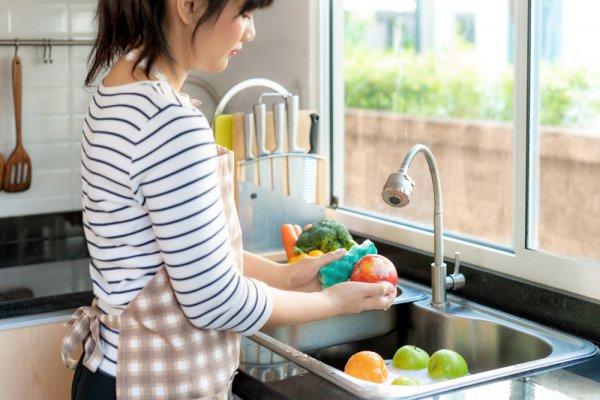
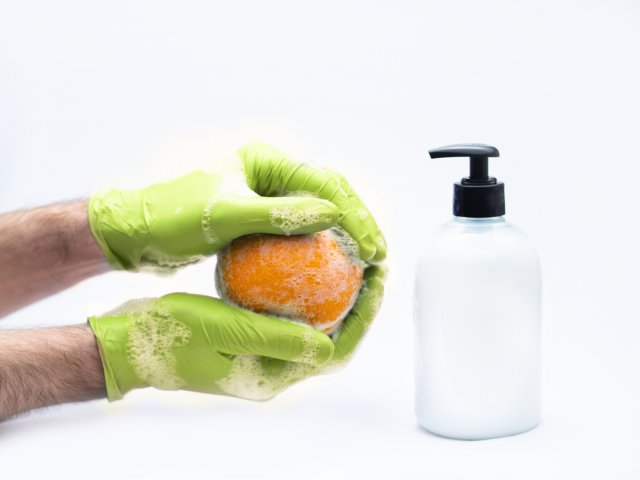

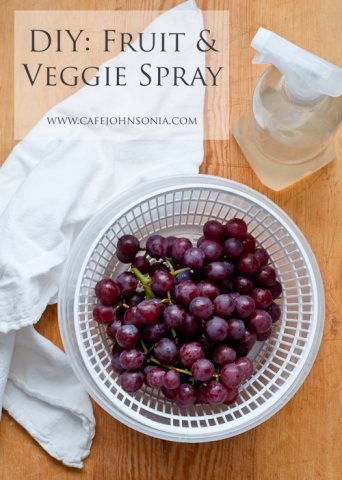



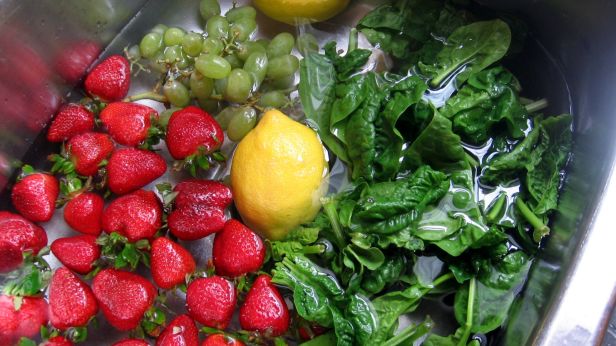

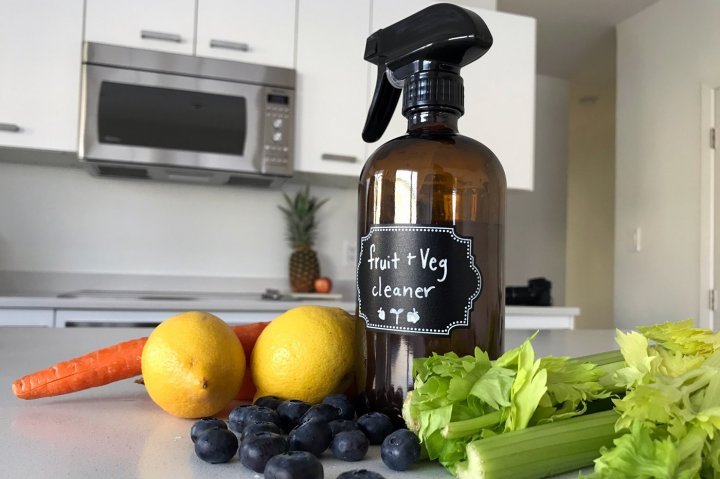

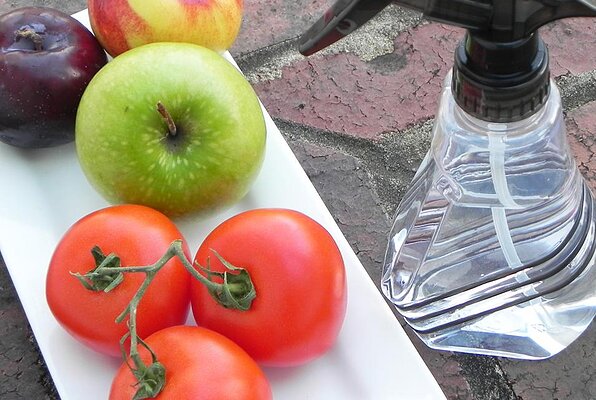

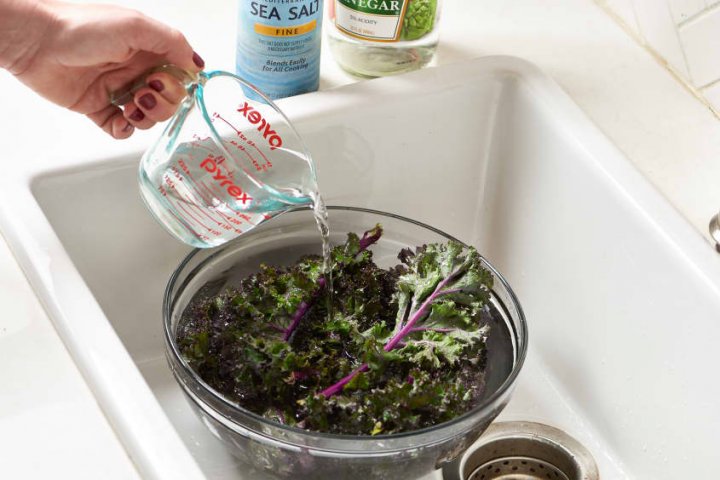




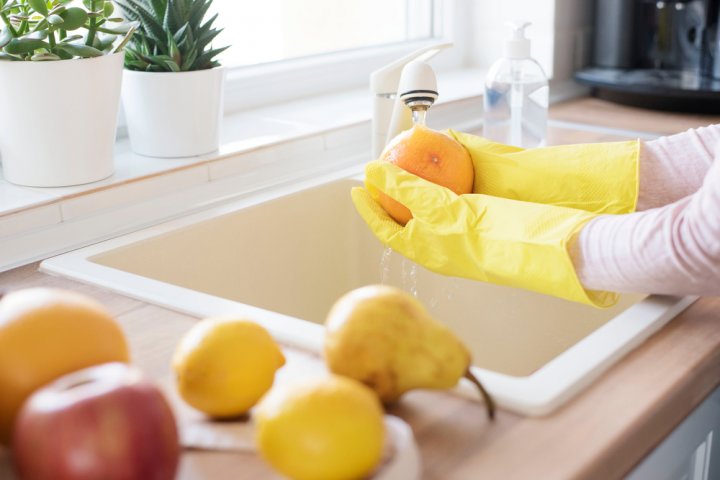
 Highlight the Best Facets of Your Incomparable Beauty: Discover the Best Face Highlighter Currently Available in India and Everything You Need to Know About Using Face Highlighters for Maximum Effect (2023)
Highlight the Best Facets of Your Incomparable Beauty: Discover the Best Face Highlighter Currently Available in India and Everything You Need to Know About Using Face Highlighters for Maximum Effect (2023)
 Forget the Blemishes and Get that Picture Perfect Flawless Radiance on Your Face: Check out the Best Foundations for Oily Skin Currently Available in India and Everything You Need to Know About Makeup Foundations (2023)
Forget the Blemishes and Get that Picture Perfect Flawless Radiance on Your Face: Check out the Best Foundations for Oily Skin Currently Available in India and Everything You Need to Know About Makeup Foundations (2023)
 Make Your Presence Felt Wherever You Go: Discover the Best Perfumes Under 2000 for Both Men and Women to Announce Your Arrival and Make Any Occasion Memorable (2023)
Make Your Presence Felt Wherever You Go: Discover the Best Perfumes Under 2000 for Both Men and Women to Announce Your Arrival and Make Any Occasion Memorable (2023)
 Protect Your Oily Skin from the Harmful Rays of the Sun: Discover the Best Gel Based Sunscreens for Oily Skin and Everything You Need to Know Before Buying One (2023)
Protect Your Oily Skin from the Harmful Rays of the Sun: Discover the Best Gel Based Sunscreens for Oily Skin and Everything You Need to Know Before Buying One (2023)
 Minor Blemishes and Wrinkles Affecting Your Confidence? Check out the Best BB Creams to Conceal Your Worries and Nourish Your Skin to Restore the Healthy, Radiant and Glowing Complexion Back Again (2023)
Minor Blemishes and Wrinkles Affecting Your Confidence? Check out the Best BB Creams to Conceal Your Worries and Nourish Your Skin to Restore the Healthy, Radiant and Glowing Complexion Back Again (2023)
